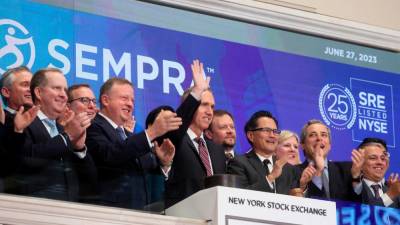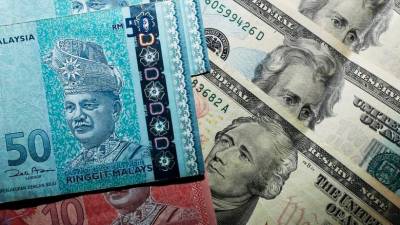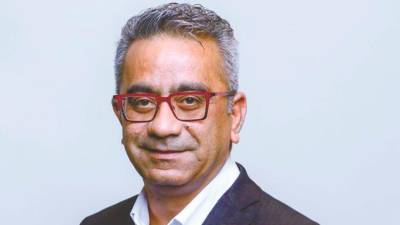
MADRID: US central bankers are likely to resume their rate increase campaign after a break earlier this month, Federal Reserve chair Jerome Powell signalled on Thursday (June 29), as a fresh slew of stronger-than-expected US economic data underscored why more monetary tightening is likely needed.
“We did take one meeting where we didn’t move,” Powell said during an event held by the Spanish central bank here. “We expect the moderate pace of interest rate decisions to continue.”
The labour market, with unemployment at 3.7%, is very tight, Powell noted. Underlying inflation, while down from its peak last year, is still running at more than twice the Fed's 2% target.
“Inflation pressures continue to run high, and the process of getting inflation back down to 2% has a long way to go,“ he said.
Earlier this month, after 10 straight rate increases, Fed policymakers opted to leave the policy rate unchanged at the 5%-5.25% range to give time to assess the still-to-come impact of rate increases to date and from credit tightening stemming from the banking stresses that emerged in March.
But “a strong majority” of Fed policymakers expect they will need to raise interest rates at least twice more by year’s end, Powell said on Thursday. On the surface he was merely restating Fed policymaker forecasts published in mid-June, but his remarks served to emphasise the likelihood of that trajectory.
The Fed will hold four more policy meetings this year, with the next one on July 25-26.
Data released after his remarks on Thursday showed new claims for US unemployment benefits unexpectedly fell last week, while first-quarter gross domestic product growth was much stronger than reported in earlier estimates.
Traders added to bets on a Fed rate hike in July and are now pricing about a 40% chance of a further rate increase in November, up from about 30% before the data.
Some economists digesting the fresh data cautioned against reading too much into it.
Regions Financial Corp’s Richard Moody, for instance, said the upward GDP revision has “trivial” implications for Fed policy, arguing that it mostly reflected healthcare outlays and underneath the hood even pointed to a deterioration in business investment.
Speaking in Dublin, Atlanta Fed president Raphael Bostic made the case for continuing to hold steady on rates.
“I don’t see as much urgency to move as stated by others, including my chair,” he told reporters ahead of a speech at the Irish Association of Investment Managers in which he argued that the current policy rate is high enough to bring inflation down to 2% “over an acceptable time frame”.
Still, he said, his comments should not be taken to mean he is not concerned about inflation, which Fed policymakers often describe as a tax that weighs most heavily on people making low wages.
“I do recognise that if inflation moves away from target or seems to significantly stall out, then we’ll probably have to do more or if inflation expectations start to move in a difficult way, we might have to do more.”
The core personal consumption expenditure index – the Fed's preferred measure of underlying price pressures – is estimated to have risen 4.7% in May from a year earlier.
Such a figure would show little progress on underlying inflation for more than six months. The official figures will be released on Friday. – Reuters
Source: The Sun Daily
A word from our sponsor:
Need Help With Your Personal Finance / Money Issue or need a coach to help you structure or just want to learn the financial skill to self manage your financial matters and retirement. iLearnFromCloud.com
Need to solve a problem quickly, now you can solve it by learning the art of problem solving Art Of Problem Solving
Feeling hungry. Latest food news from Best Restaurant To Eat Malaysian Food and Travel Blog
Memory loss. Need to organize better. Solve problem fast with Free Mind Mapping Software Mind Mapping 101
Need A Customized System Development for your business or Going Paperless XPERT TECHNOLOGIES - Empowering The Paperless Economy






























